
The post-World War II boom held America in the grip of merciless economic prosperity. It was the time of the cash-rich leisure society, and the decade of hot rods, rock’n’roll, and rampant teenage delinquents. It was an era of daily scandals, drugs on every street corner, satanic sex cults lurking in every basement, and thousands of wanton women who were “shecats in the bedroom,” looking to lure young men to their doom. If you believed everything you read in the sensational magazines filling the American newsstands, that is.
Martin Goodman, like Fawcett and many other magazine publishers, made his fortune in the 1940s, publishing comic books such as the original Captain America under the Timely banner, before moving into the men’s market.
Timely Comics’ sister company, Humorama, was run by Martin Goodman’s brother Abe, who was the largest buyer of gag cartoons at the time. The company’s line of men’s magazines consisted of titles like Breezy, Gaze, Gee-Whiz, Joker, Stare, and Snappy. A mixture of cheeky cartoons and black-and-white photos of pin-up models including Bettie Page and Eve Meyer, stripper Lili St. Cyr, and actresses Irish McCalla and Julie Newmar, guaranteed success with the male audience. The line was to become the home to some of the best cartoonists America has ever produced.
Another important “gals ’n’ giggles” publisher was Robert Harrison, whose titles Titter, Flirt, and Wink competed with Humorama and helped raise the profile of pin-up artists such as Peter Driben and Earl Moran.
Throughout the 1950s, men’s magazines suffered from a schizophrenic relationship with women, and the comics and cartoons reflected this. On the one hand, members of the female sex were admired, adored, and elevated as “honeys,” “dolls,” and “babes,” with curves that drove men crazy. On the other, they were seen as dangerous, manipulative golddiggers.
Not that the men fared much better. They were often drawn as lusty bosses, dirty old men, hopeless saps, or lascivious Don Juans, and in today’s world every one of them would be in court on sexual harassment charges.
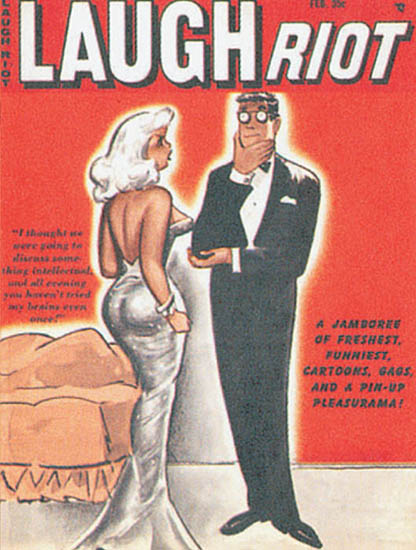
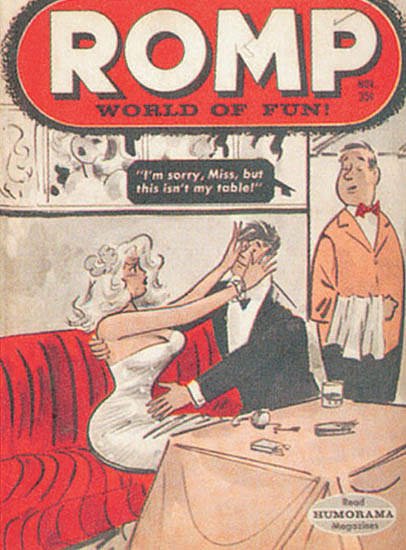
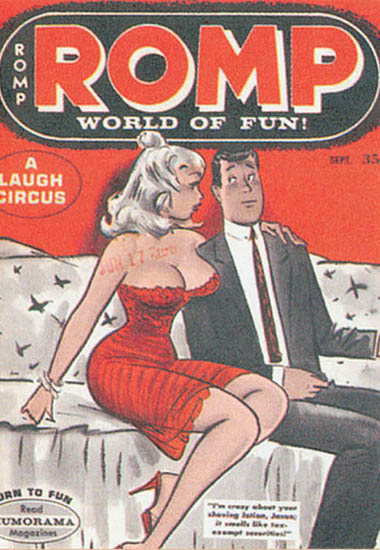
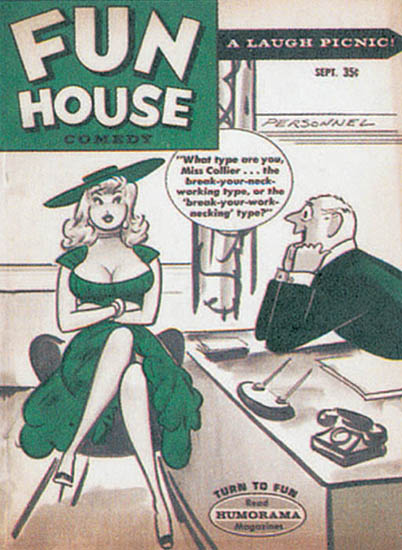
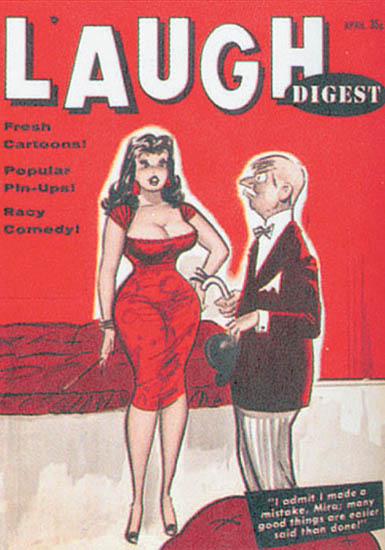
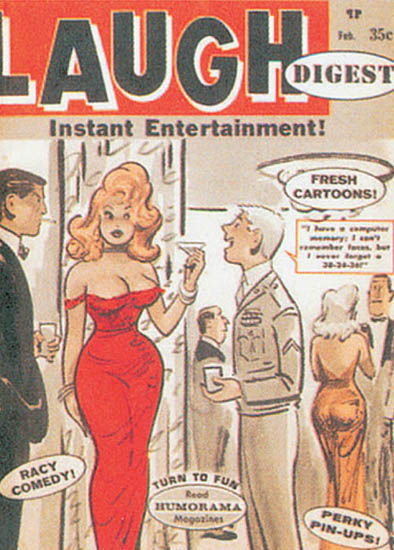
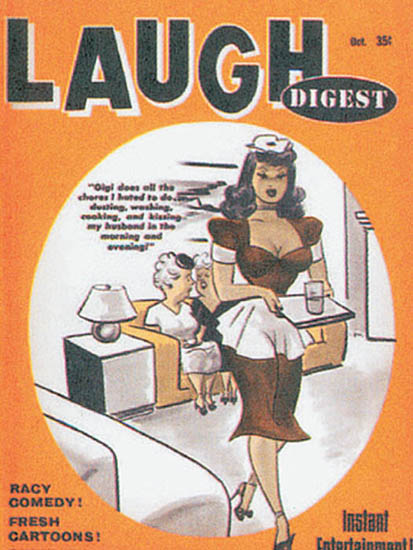
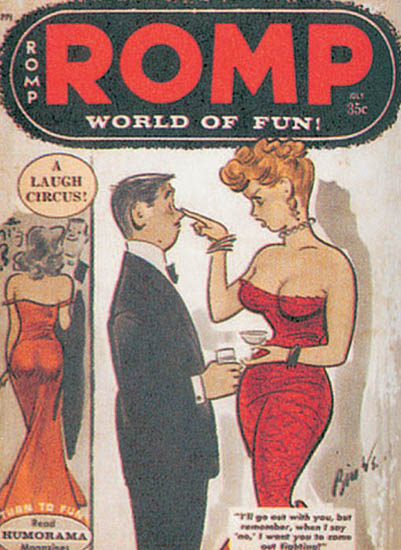
A selection of Humorama covers, drawn by Bill Wenzel, reveal the artist’s talent at portraying voluptuous ladies. Wenzel also contributed to Eyeful.
Robert Harrison’s Eyeful magazine, with a cover by Peter Driben.
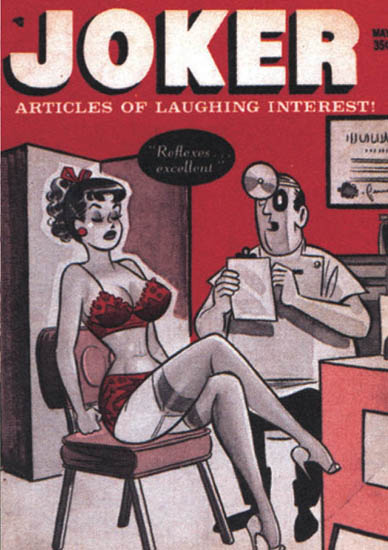
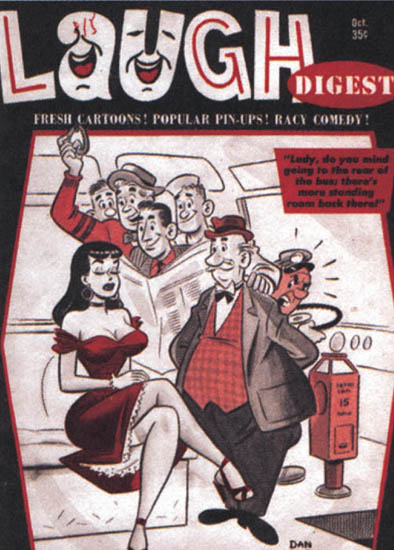
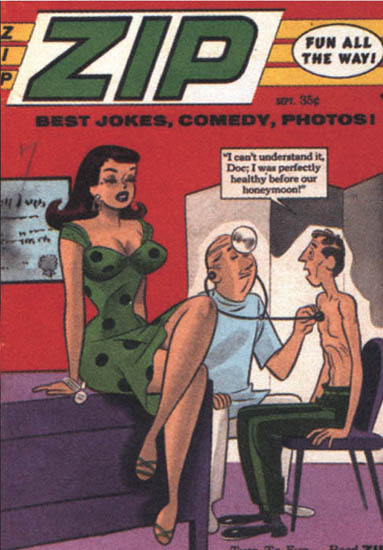
A series of Dan DeCarlo’s wonderfully sexy and silly covers for Humorama.